When one of our own blog readers suggested I write a story about Maria Zuber, I had no idea that it would turn out to be a most invigorating conversation with a woman who has taken multitasking to an admirable level. Dr. Zuber is the first woman to lead a NASA Robotics mission, having been selected for the Gravity Recovery and Interior Laboratory (GRAIL) mission to the moon. This position is in addition to being the head of the Massachusets Institute of Technology’s Department of Earth, Atmospheric and Planetary Science, an active professor guiding multiple doctoral students in their own quest towards a Ph.D., and a mother and wife in her private life.

Dr. Zuber was selected to lead the GRAIL mission in 2008 because she was the best choice, as noted by selection committee member Alan Stern. Dr. Zuber’s task was to lead over 80 engineers on the $400 million project that aims to send two small orbiters to the moon to study its gravitational field.
Here’s my interview with her, which I think you will find informative and intriguing. Thank you, Dr. Zuber for taking the time to share your story, science, and words of wisdom for our young women and girls. I hope they see in you the possibilities. The success. The drive. The balance. And, most of all, the neutralization of gender in science.
Mamta: Well, it looks like GRAIL had a great new year with the launch of both space probes and successful insertion into Lunar orbit. Let’s begin by having you tell us a bit about the inspiration for GRAIL and what you ultimately hope to achieve.
MZ: From the time the first satellites were sent to orbit the moon to identify landing sites for Apollo, the presence of mascons [mass concentration containing a large positive gravitational anomaly] has been known but not well understood. Even 40 years since Apollo, we still do not understand mascons and the gravitational field of the moon. Nor how it relates to the inside of the moon and what it means for the moon’s evolution. For those of us in the community of geophysics, gaining a more thorough understanding of the gravitational field is a top objective.
Mamta: When will we start getting data back from GRAIL, if not already?
MZ: Right now, the spacecraft is doing series of maneuvers that will get it into a mapping orbit. The data collection will begin during the first week of March of this year. We do not expect to see a gravity field during that first week of data collection though. The moon has to rotate under the spacecraft so after a month, we can produce a gravity field. However, we don’t expect it be our best gravity field, but it will be way better than what we have currently. Moreover, we presume that we will be able to see very high spatial resolution features such as the wings of major basins, large density variations in the lunar mantle, and evidence of melting. The variations in the density of the crust are associated with intrusions or materials broken up in impacts. To be honest, though, the largest probablity is that we will see things of which we have no idea because we have never had this type of graviational field: the things we cannot possibly anticipate because we do not have the knowledge to anticipate them.
Mamta: I read that your interest in space science began when you saw pictures of Jupiter from the Voyager mission. Can you tell us more about your inspiration to go into science?
MZ: Well, I was actually always interested in space. When I was young, I built my own telescope, grounded my own optics, and then eventually I majored in astronomy and astrophysics in college. However, when I first saw the pictures of Jupiter, that’s when I decided I would go into planetary science. At that time, I was debating between astrophyics or aersopace engineering. But those pictures defined my calling. I thought to myself, No one had ever seen that before. I believe that you are bound to have big discoveries when you produce something that no one has seen. You don’t need a lab to find discoveries. It’s a high risk but high return type of field because if you can get the spacecraft to its destination successfully, the images are discoveries.
Mamta: What advice would you give a young girl about a career in science?
MZ: Sometimes girls don’t like to look like they are too smart in front of boys because they think boys don’t want to date smart girls. But, I say do what you like and if some guy doesn’t want to date you because you are intelligent, then you don’t want to date him anyway! Follow your passion, and things will work out.
Mamta: Are there any challenges to being a female in your field?
MZ: For me, it was probably when I missed work after I had my children. I took six months off for each of of them and during that time I missed the Magellan mission. But, I don’t regret it one bit, and I treasure every moment that I have spent with my family. It’s a necessity to balance family and work. When I won GRAIL, I was told that I was the first woman to lead a NASA planetary mission, but that was it. It was just an announcement. I don’t think I was treated any better or worse because I am a woman; I was not treated any differently. I give NASA credit for handling the entire selection the way they did. To be honest, a lot of people have contributed to GRAIL and the whole mission is non-hierarchical. Whoever has knowledge is who we listen to the closest! Everyone gets their say.
Mamta: It is one of Women@NASA’s loftiest goals to encourage young girls to enter STEM fields. I know GRAIL has the MoonKAM project to achieve this objective as well. Can you tell us more?
MZ: I consider it to be a huge privilege to use tax payer money to explore the solar system. I take that very seriously and believe the public deserves to play a role in understanding it. I am personally devoted to using space science in education. For GRAIL, we wanted to do a wildy creative outreach program so when I was selected, I immediately went to Sally Ride, who has been inspirational to so many people and who has devoted herself to education. She was very excited to a part of it and decided to expand her EarthKAM program that is currently part of the ISS program. We decided to devote imaging of the moon fully to this education outreach. Our target age group was middle school because at this age, the kids have to make the decision of taking more challenging science and math classes. For MoonKAM, we decided to use rocket cameras [the kind that allow us to see the Space Shuttle launches on TV] because they are relatively inexpensive and are quite good. We put four cameras on each spacecraft for GRAIL. We went over budget, but it was so important for us that we did it anyway. For MoonKAM, middles schools can sign up to be a part of the project and the students will learn to use the software to select areas of the moon to image. We may not get all of the suggested images, but we will get as many as we can. We will then post the images online and the students can use the pictures to learn something about the moon. In order for them to choose good sites, they will learn to use concepts of science, engineering, and math as it applies to collecting and analyzing data. In fact, we have accepted the probablility that the kids will make discoveries! I think we have proven that it is possible to do very creative things in science. We are thrilled to have over 2100+ schools signed up, representing all 50 states. Everyone can be a part space exploration!
Mamta: Finally. The question I have been waiting for. What is your favorite planet and why? J
MZ [laughs]: Today it’s the moon! Actually, my favorite planet is the one I am working on at any given time. Mars, Mercury, and even asteroids. I love to go after some problem of how the planets got to be they way they are today, and how I can add more to the knowledge base of where we came from. It’s impossible to underscore the thrill of being able to do this for a living.

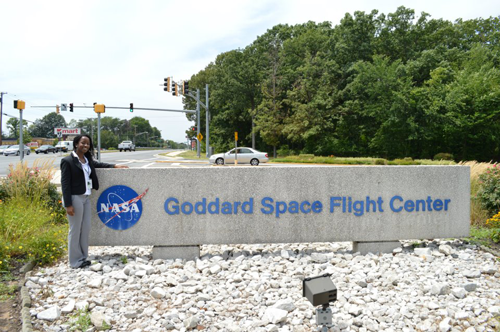

 Katrina: When I entered college, I started as a Film Production major. There were days when I worked 18 hours on film sets or was stuck in the infamous Los Angeles traffic with multiple location film shoots. As a consequence, I have learned that the academic and career path you choose is also a lifestyle decision. I did not feel that this was the educational path and lifestyle I wanted to have. I loved film making, but I also loved studying the natural environment. After much consideration, I became a Geography and Environmental Studies major and I have not looked back since. I greatly appreciate the skills I gained from film school and still have a love for visual storytelling. With DEVELOP, we have filmed short documentaries of our projects for the public. Hosted by Earthzine, these videos are a fantastic way to communicate the benefits of NASA Earth science to a broad audience. I have enjoyed applying skills gained from film school to these videos!
Katrina: When I entered college, I started as a Film Production major. There were days when I worked 18 hours on film sets or was stuck in the infamous Los Angeles traffic with multiple location film shoots. As a consequence, I have learned that the academic and career path you choose is also a lifestyle decision. I did not feel that this was the educational path and lifestyle I wanted to have. I loved film making, but I also loved studying the natural environment. After much consideration, I became a Geography and Environmental Studies major and I have not looked back since. I greatly appreciate the skills I gained from film school and still have a love for visual storytelling. With DEVELOP, we have filmed short documentaries of our projects for the public. Hosted by Earthzine, these videos are a fantastic way to communicate the benefits of NASA Earth science to a broad audience. I have enjoyed applying skills gained from film school to these videos!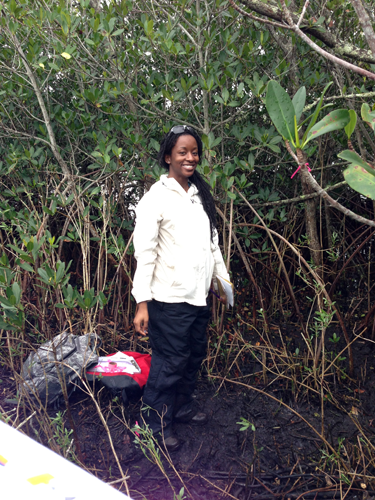 Melissa: In college, I studied Geography. I’m still an early career scientist. I never expected to be working at NASA completing earth science research projects. I was surprised about the amount of opportunity available with DEVELOP internship program such as working with amazing scientists, performing field work, attending seminars, and presenting my research. The journey has been amazing so far.
Melissa: In college, I studied Geography. I’m still an early career scientist. I never expected to be working at NASA completing earth science research projects. I was surprised about the amount of opportunity available with DEVELOP internship program such as working with amazing scientists, performing field work, attending seminars, and presenting my research. The journey has been amazing so far. 
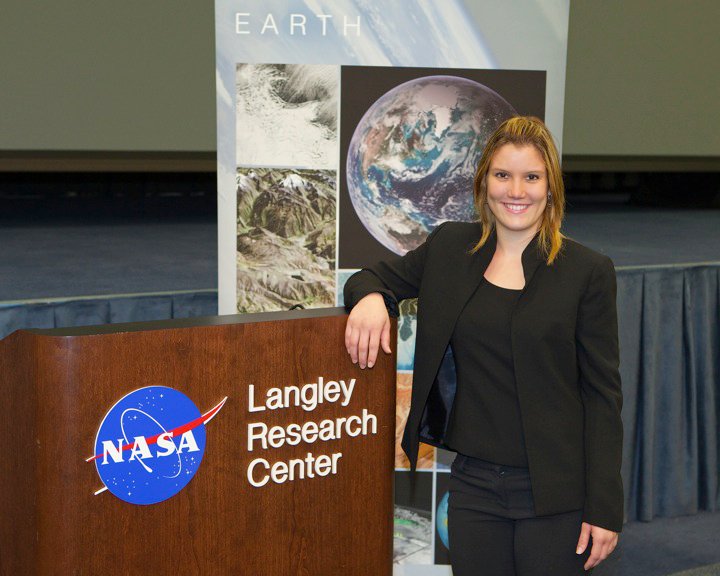

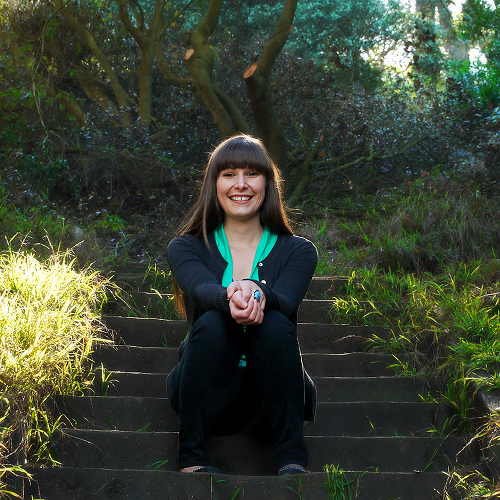

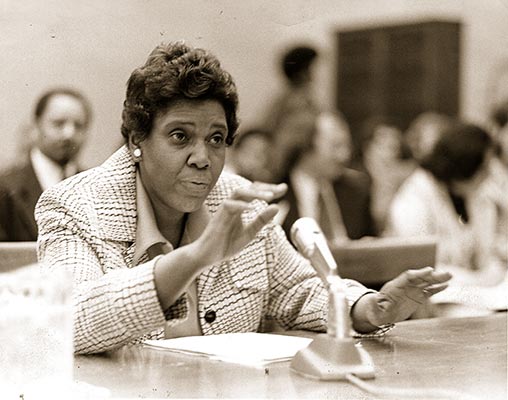

![[Historic dunk]](http://si.wsj.net/public/resources/images/OB-DI467_dunk31_DV_20090320003557.jpg)



